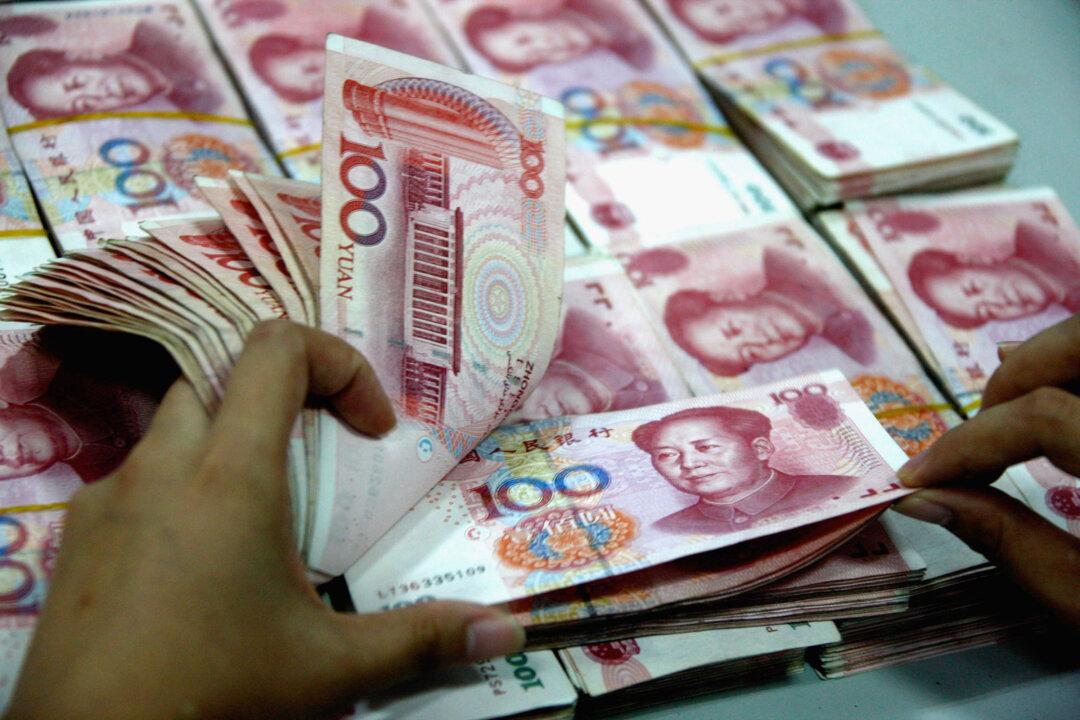By the middle of 2015, it has become clear that all is not well in the land of China. The signs are now increasing that China will soon engage in its own form of quantitative easing, in what could be seen as a sign of panic.
To illustrate how dire the situation is: The United States used quantitative easing after the country was hit by the worst crisis since the Great Depression. Europe started its form of easing at a point when the common euro currency was about to collapse. Japan has tried—and failed—QE intermittently to get itself out of a 20-year stagnation.
"Money attracts money and nothing attracts money like a rising stock market."





